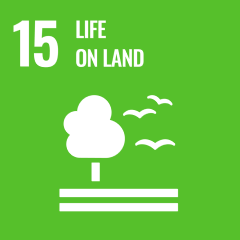Trees
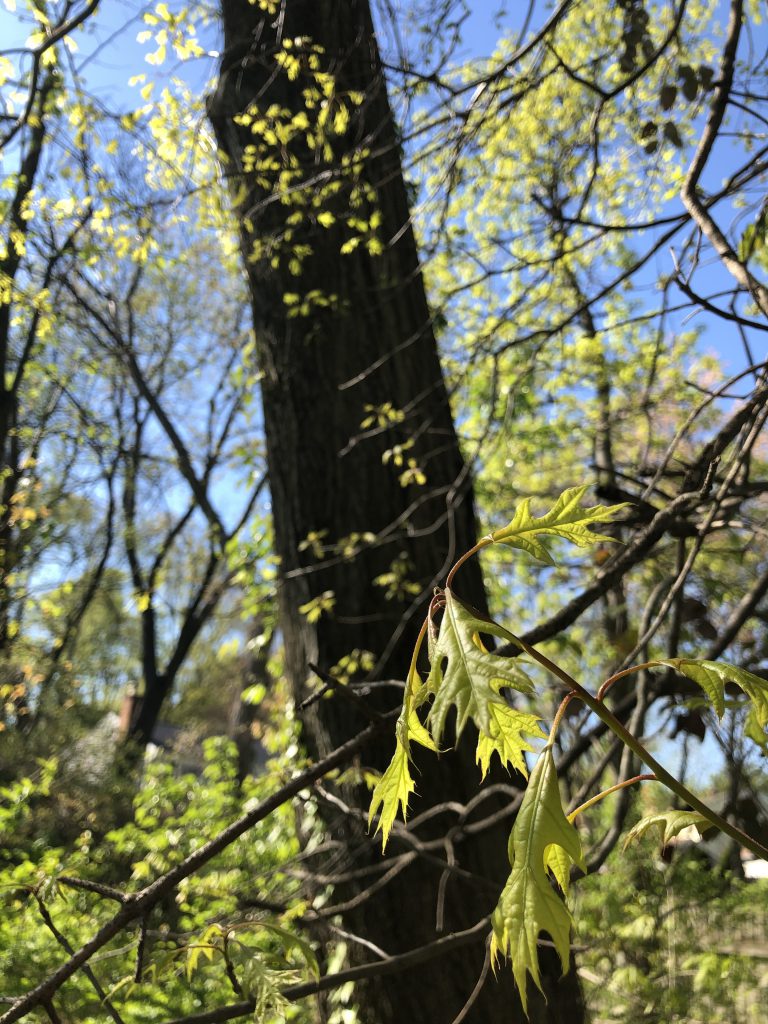
Scarlet Oak
Quercus coccinea or more commonly known as a Scarlet Oak, is a native tree to the East coast. The Scarlet Oak is a large tree
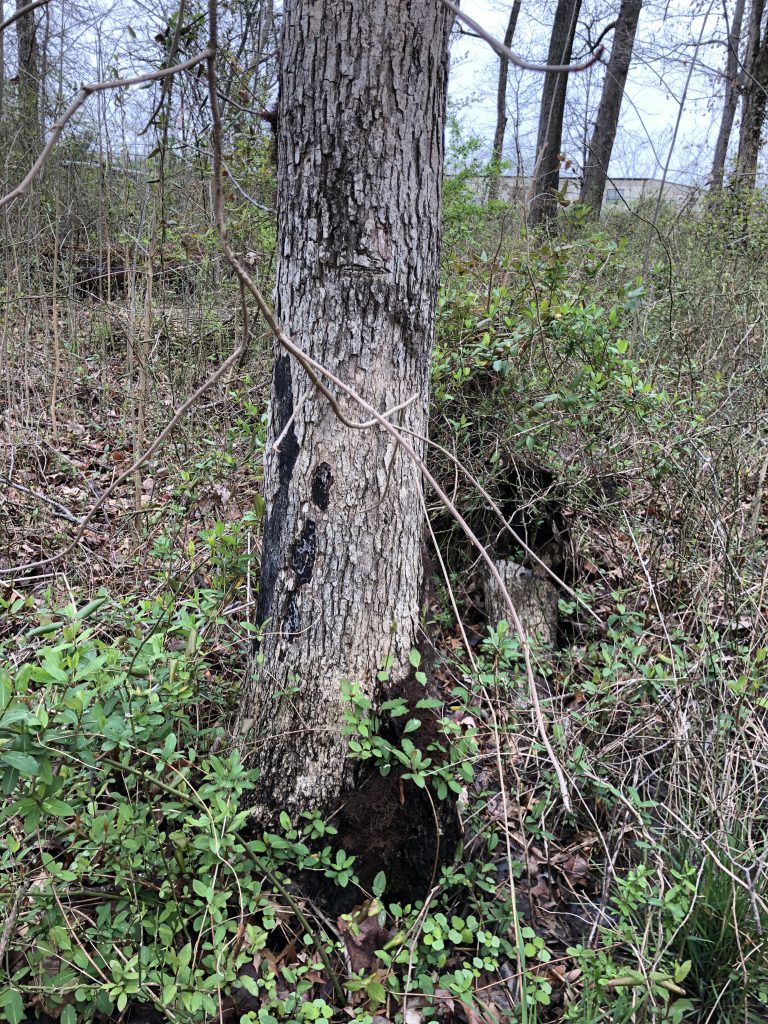
Hypoxylon Canker
A tree disease caused by the fungus Hypoxylon Atropunctatum. Hypoxylon canker is a fungal disease that appears as a dead lesion on limbs, branches, and
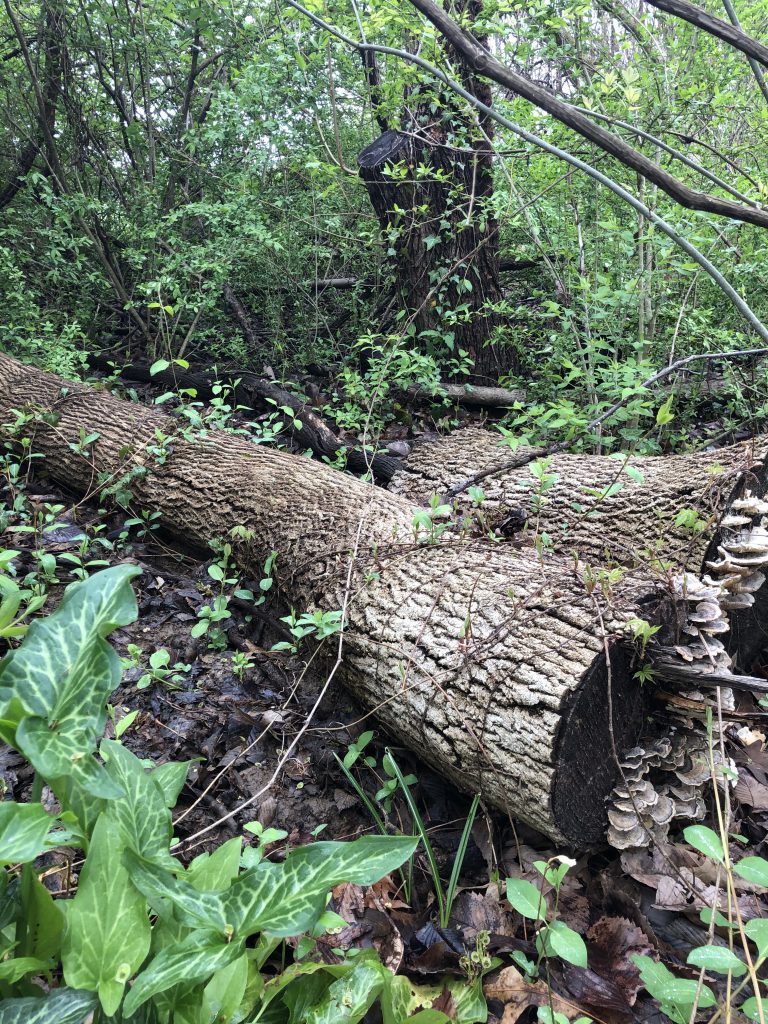
Ash Tree/Emerald Ash Borer
An invasive species of beetle devastates the native and beloved Ash Tree. Ash Trees used to be all over the USA in abundance up until
Plants
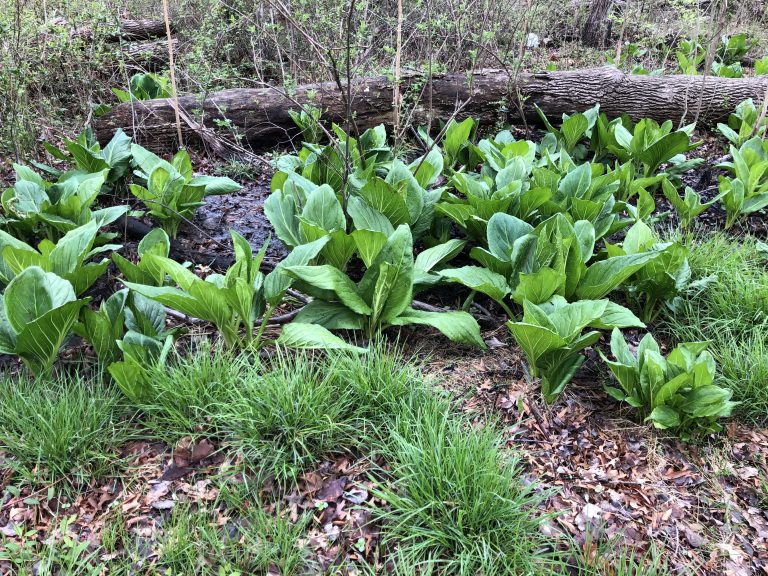
Skunk Cabbage
Eastern Skunk Cabbage or their scientific name, “Symplocarpus Foetidus”, is a native plant often associated with a foul smell. Skunk-cabbage is one of the earliest
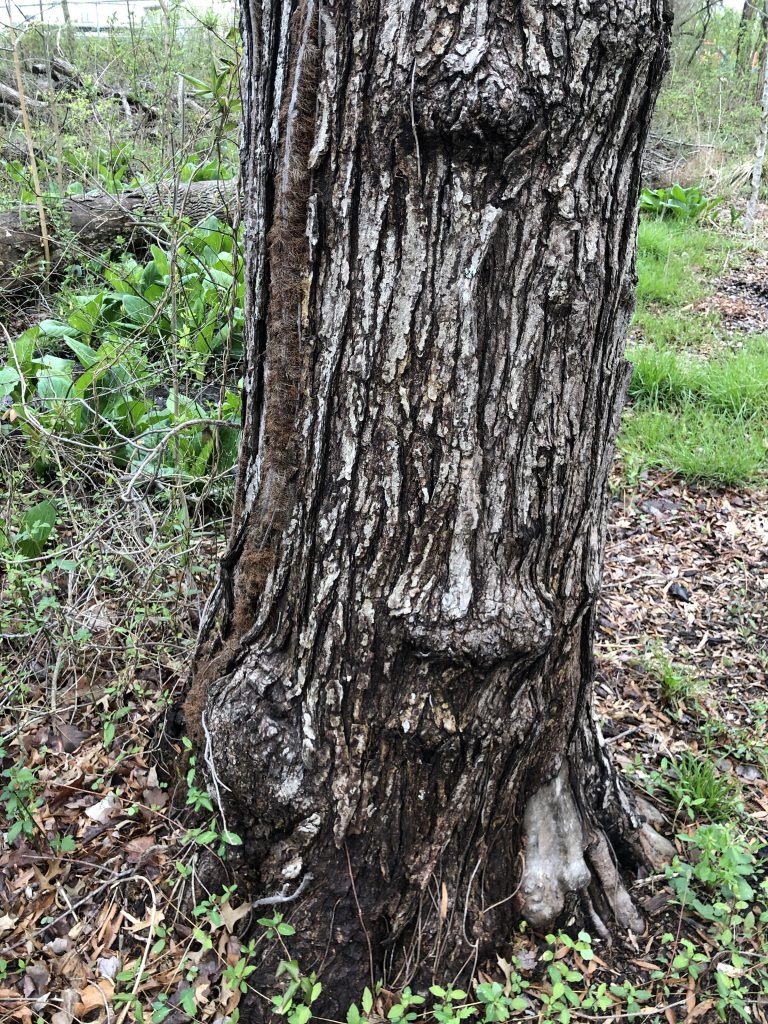
Poison Ivy
“Leaves of three, let it be!”An itchy native plant to North America that takes multiple forms. Found all over North America, Poison Ivy is a
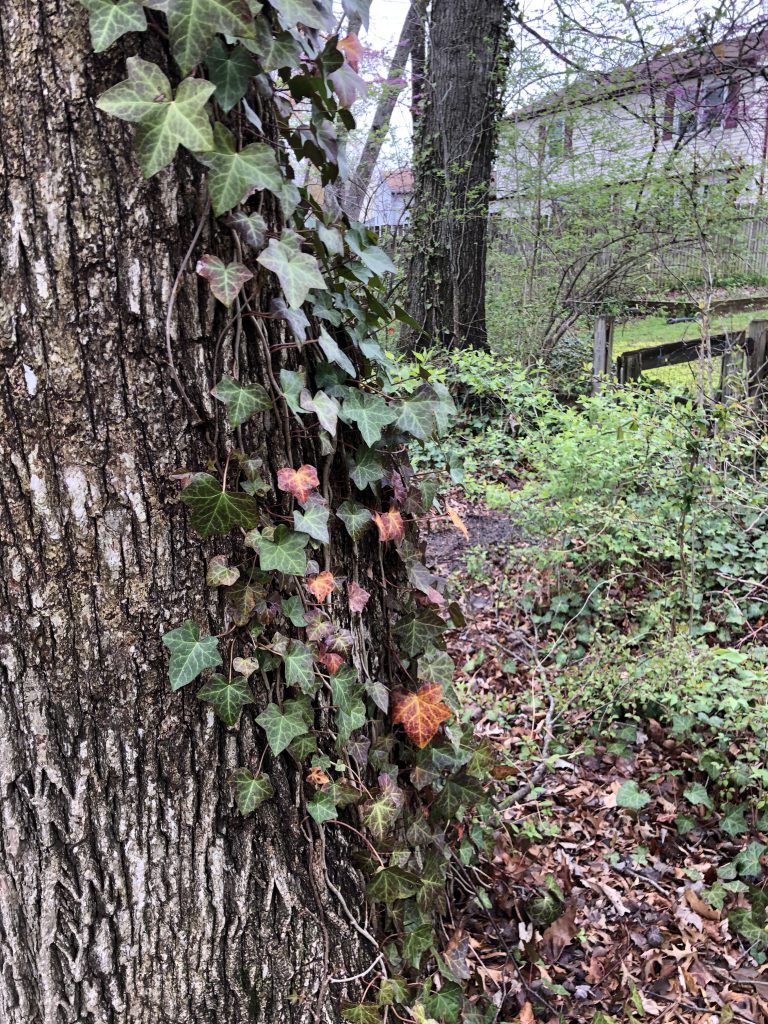
English Ivy/Common Ivy
Hedera Helix, more commonly known as English Ivy, is an invasive species of ivy. It’s originally native to parts of Asia and Europe. It was
Animals

Downy Woodpecker
Native to the forests of North America, Picoides Pubescens, or Downy Woodpeckers, are insectivores that are typically rather small for woodpeckers Downy Woodpeckers are small
Red Fox
Vulpes Vulpes or more commonly known as a Red Fox. These omnivorous predators roam and cry out in these parts frequently. Although native to North
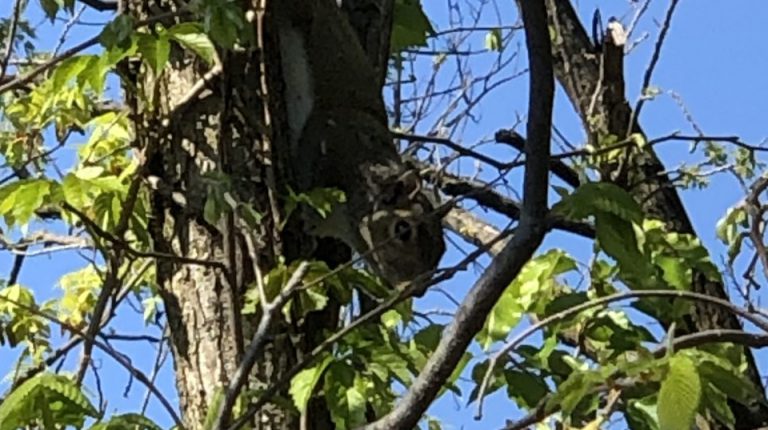
Gray Squirrel
The Eastern Gray Squirrel, or Sciurus Carolinensis, is an herbivorous mammal that enjoys acorns and seeds. Native to eastern North America, the Gray Squirrel is
Habitat Factors
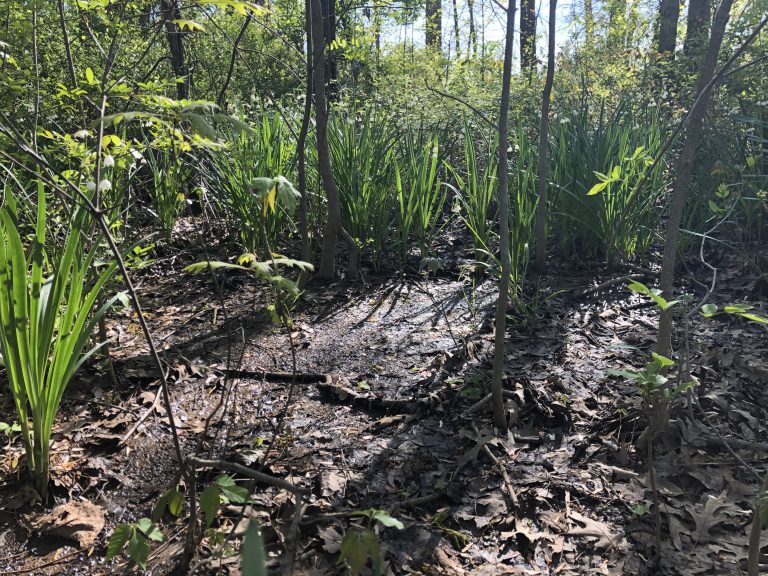
the Soil
The terrain and soil is crucial to the environment that grows upon it The composition of the soil affects the entire ecosystem. The soil in
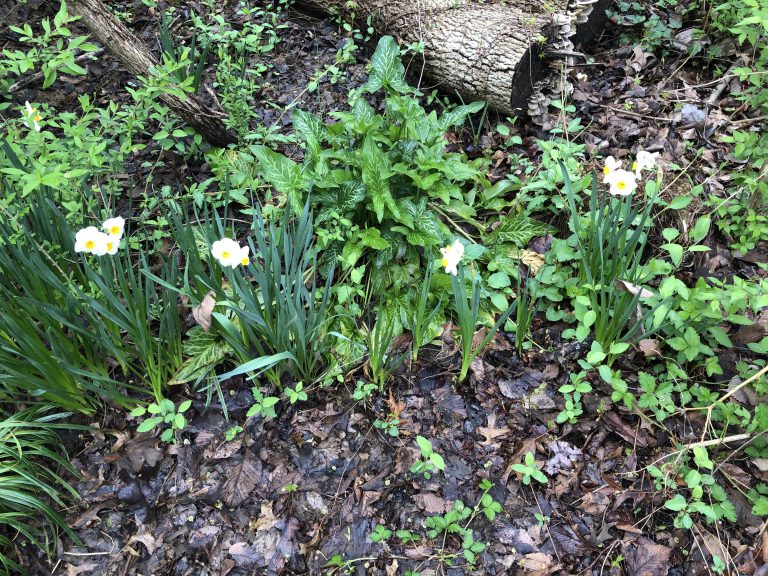
The “Outdoor Code”
The “Outdoor Code” is Scouting’s implementation of care and consideration for the outdoors. The Outdoor Code is: ”As an American, I will do my best
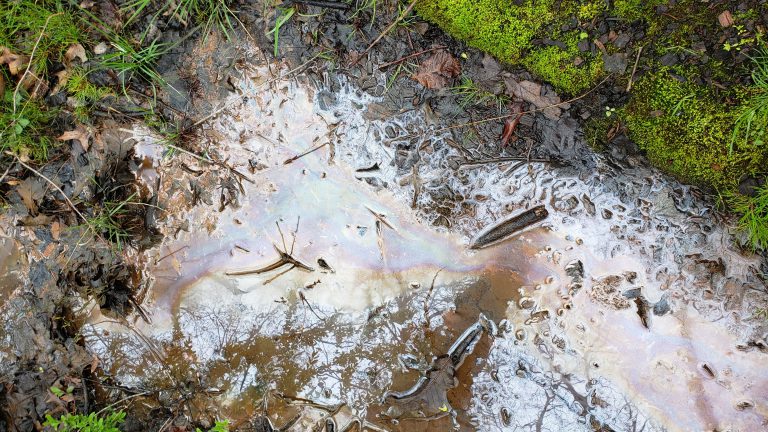
Water
Water is needed by every living thing, from the smallest of bacteria to the largest of animals. Water maintains all life in an ecosystem. Water
